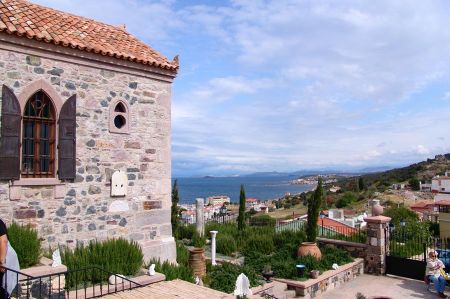Balıkesir - between Marmara and Aegean Resorts
Balıkesir, with about 315.000 inhabitants, is situated between the Sea of Marmara and the Aegean Sea, i. e. between the towns of Istanbul and Izmir in the province of Balıkesir. The town covers an area of 14,500 m² and, with its 1.5 million inhabitants, it is one of the 20 largest of the 81 provinces of Turkey.
Balıkesir has traditionally been the center of an agricultural region with dairy farming and market gardening, but now more and more people work in industrial enterprises, which are leaving the large towns. The province of Balıkesir produces 70 % of Turkish olive oil.
Next to Balıkesir you can find couple of thermal springs which are quite well known and often visited by wellness travelers. Other important sights are the antique cities of Argyria (Agissa, Argiza) and Ergasteria as well as the mountain Ida from where Zeus should have observed the battle of Troy according to a legend.
Some of the sights worth seeing are: the 14th century Yildirim Mosque, the mosque of Zaguos Pascha with bagnio and the clock tower which was built in 1827 by Mehmet Pascha and is based on the model of the Genoan Galata Tower in Istanbul.
Since 2nd November 2006 Schwäbisch Hall has been one of 50 German towns twinned with a Turkish community. Lord Mayor Hermann-Josef Pelgrim traveled with a group of 18 delegates to Balikesir to sign the partnership contract, together with Lord Mayor Sabri Ugur.
Balıkesir is an ideal place for holidaymakers and it is possible to reach many interesting destinations from there, such as Izmir, the Aegean Coast or the bird sanctuary in the surrounding area.
The town of Balıkesir played a major role when the Ottoman state and the Republic of Turkey were founded. The Makestos Bridge, a very old and famous construction, can be visited on the way between Balıkesir and Miletopolis. Balıkesir has got a university with 7 faculties and about 25,000 students.
For the town twinning meetings, it is especially important to involve young people, schools, clubs, churches, administration, legal authorities, fire brigades, police etc.
